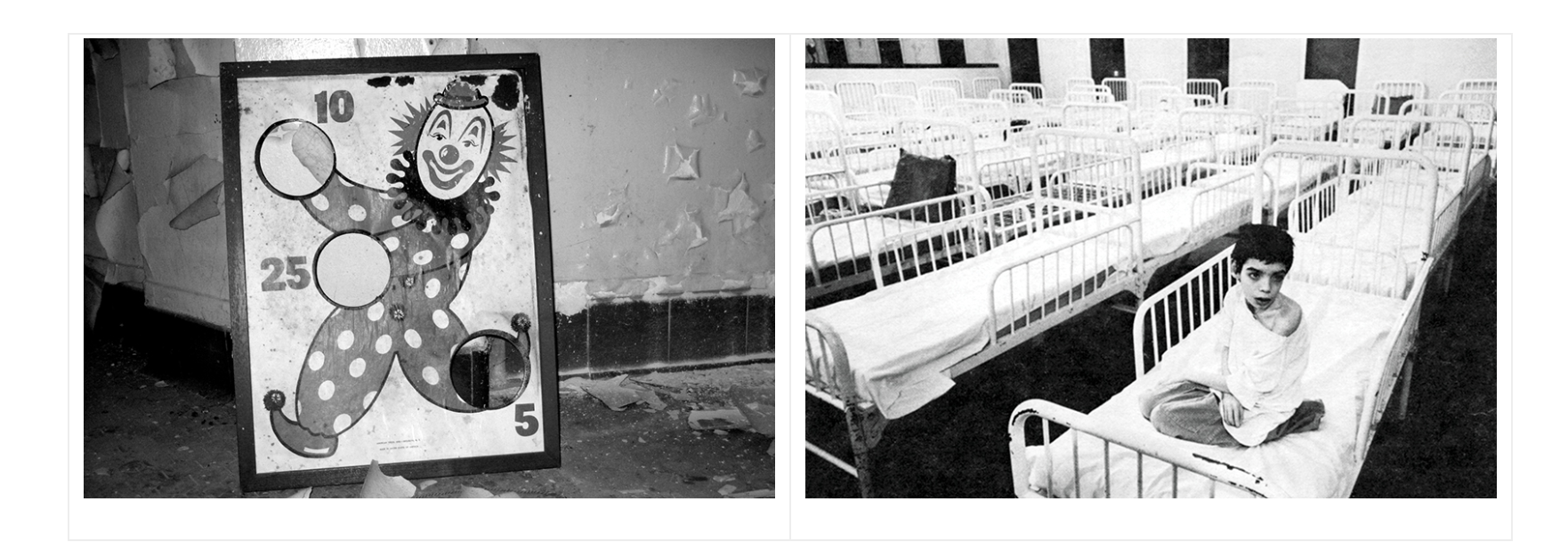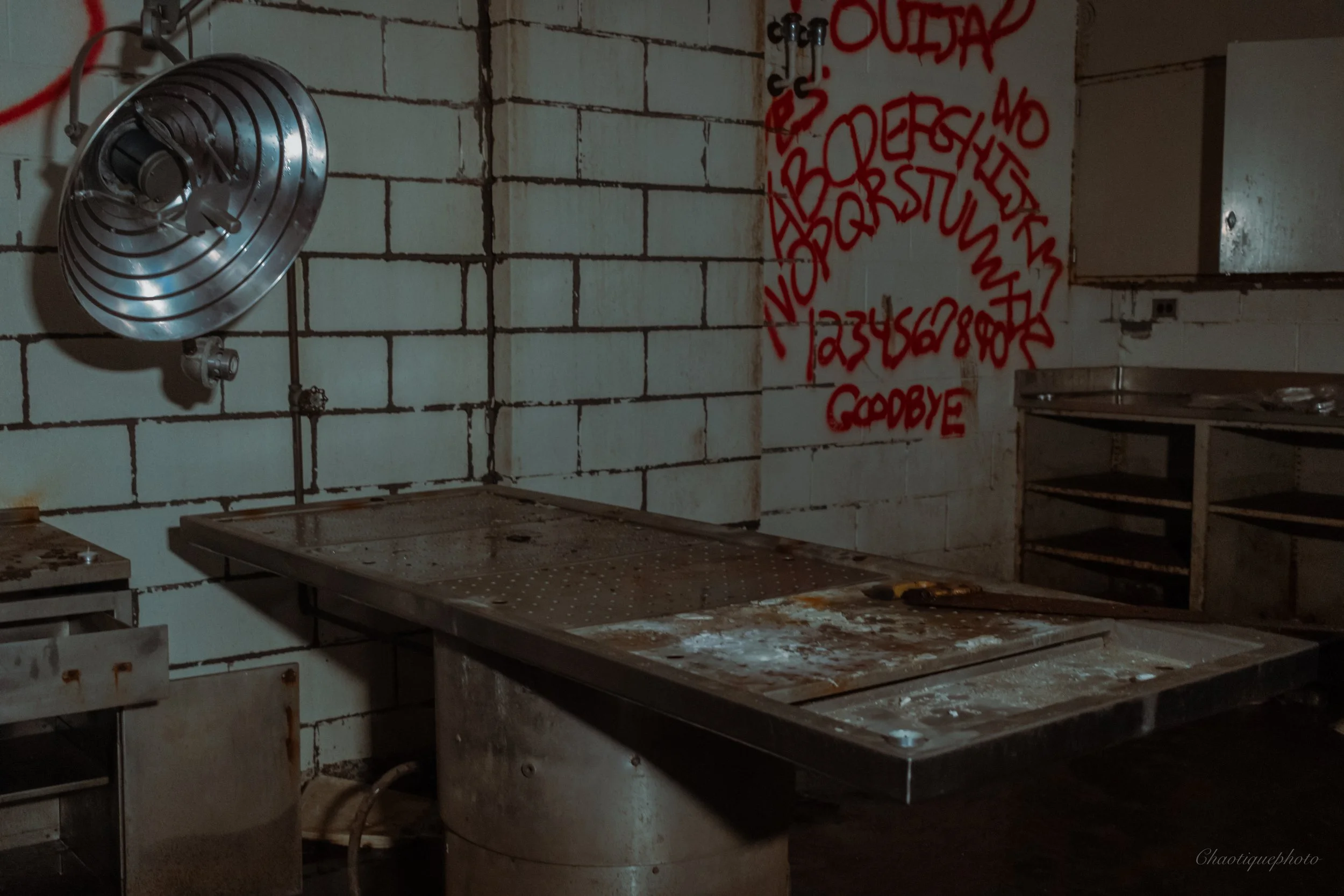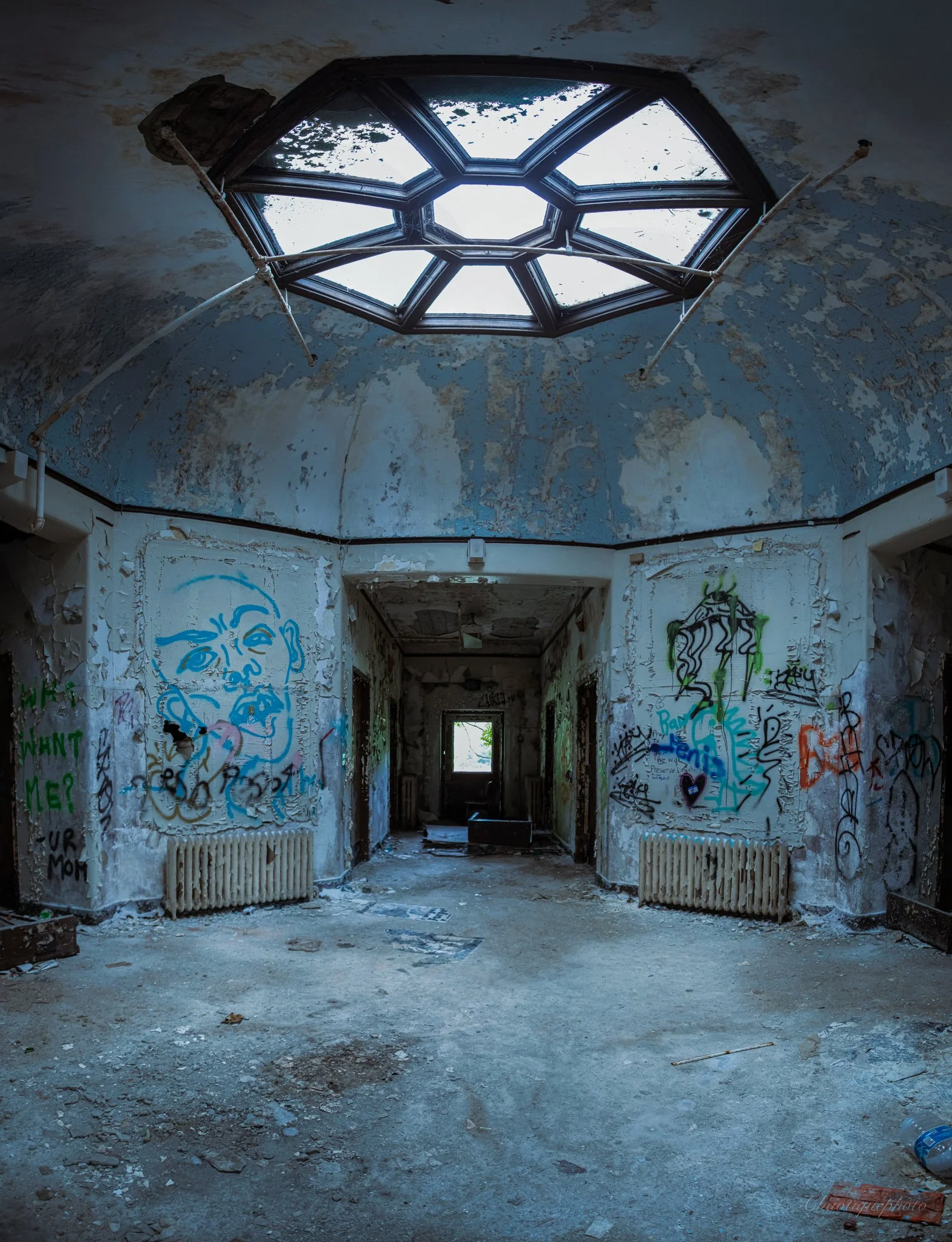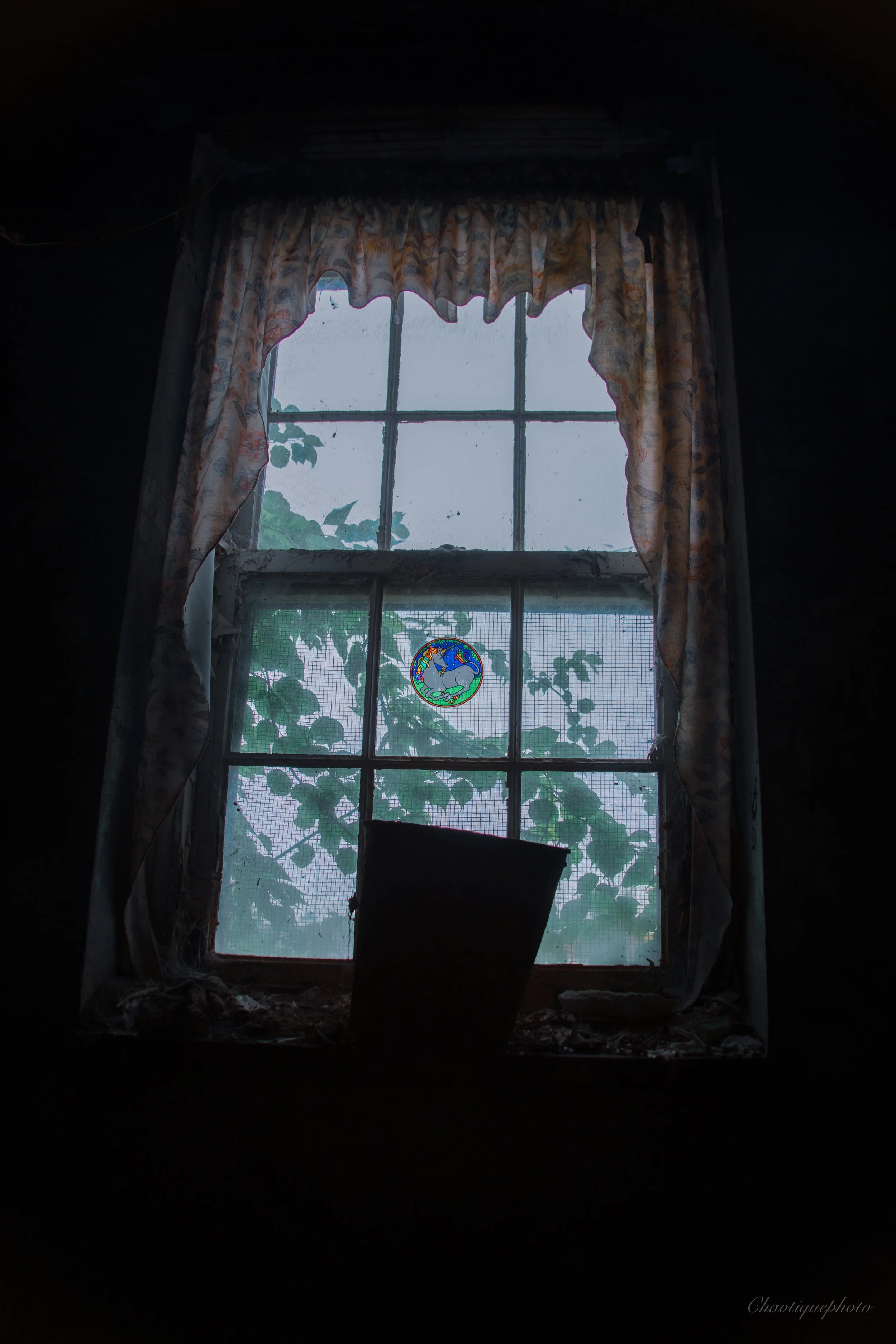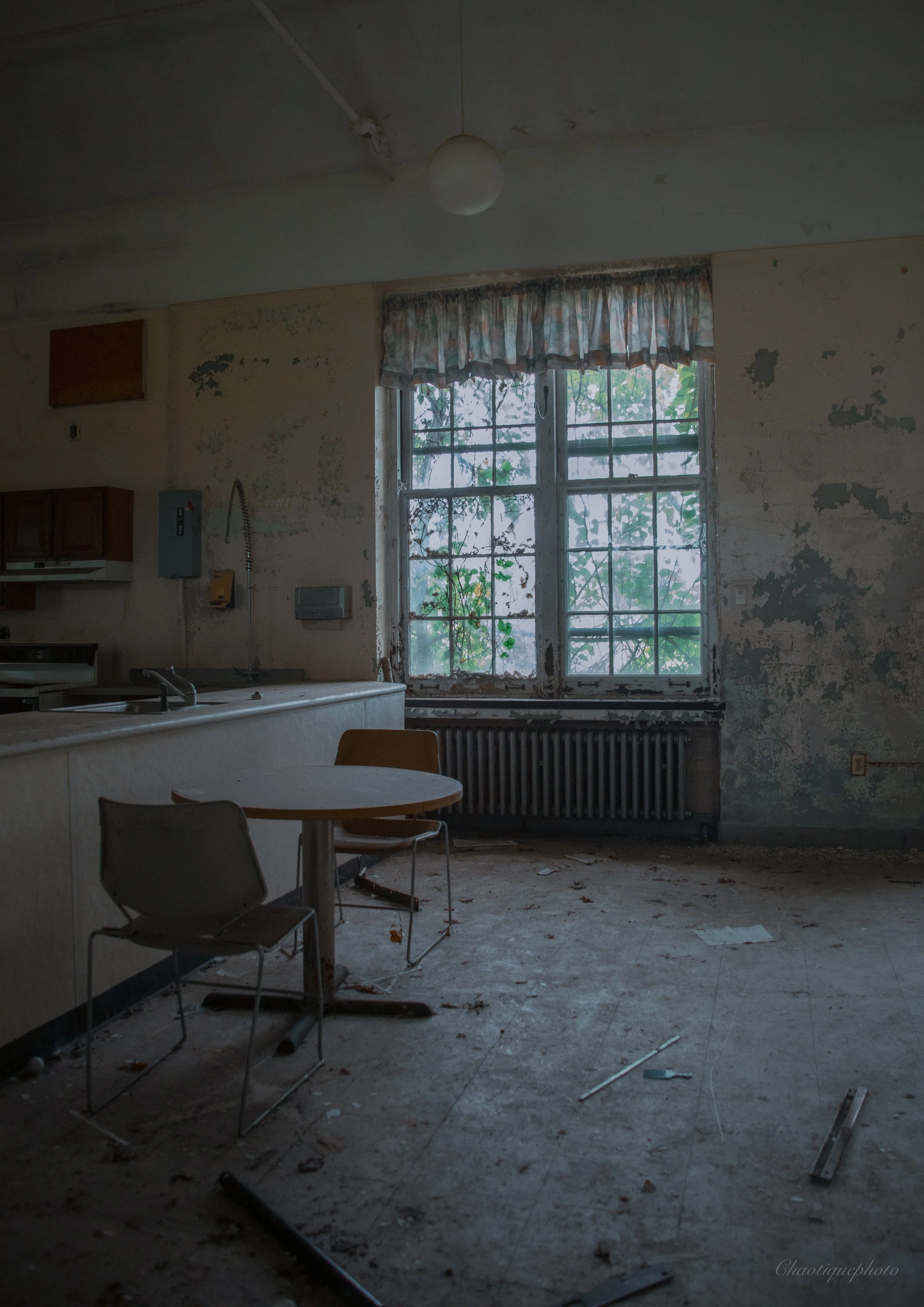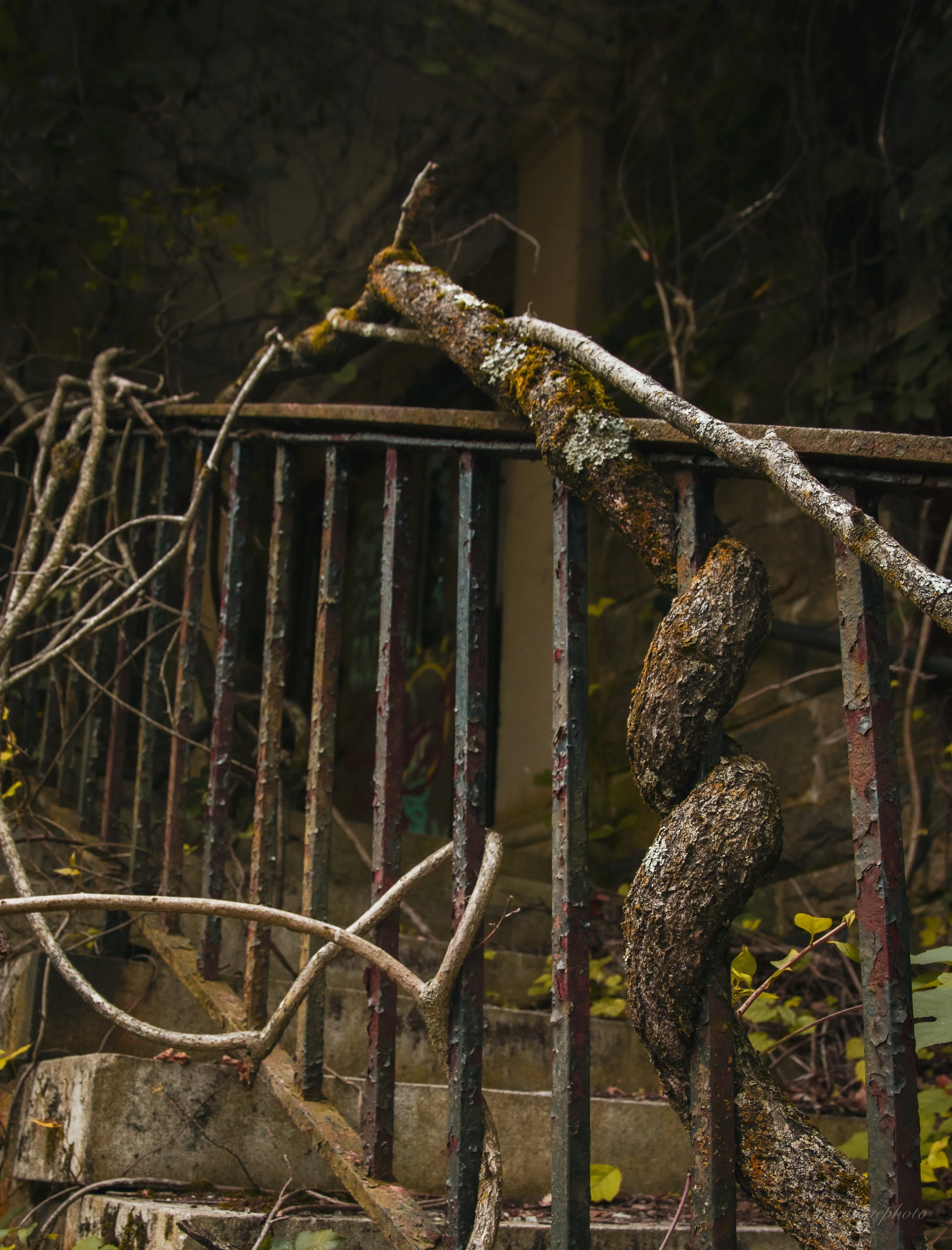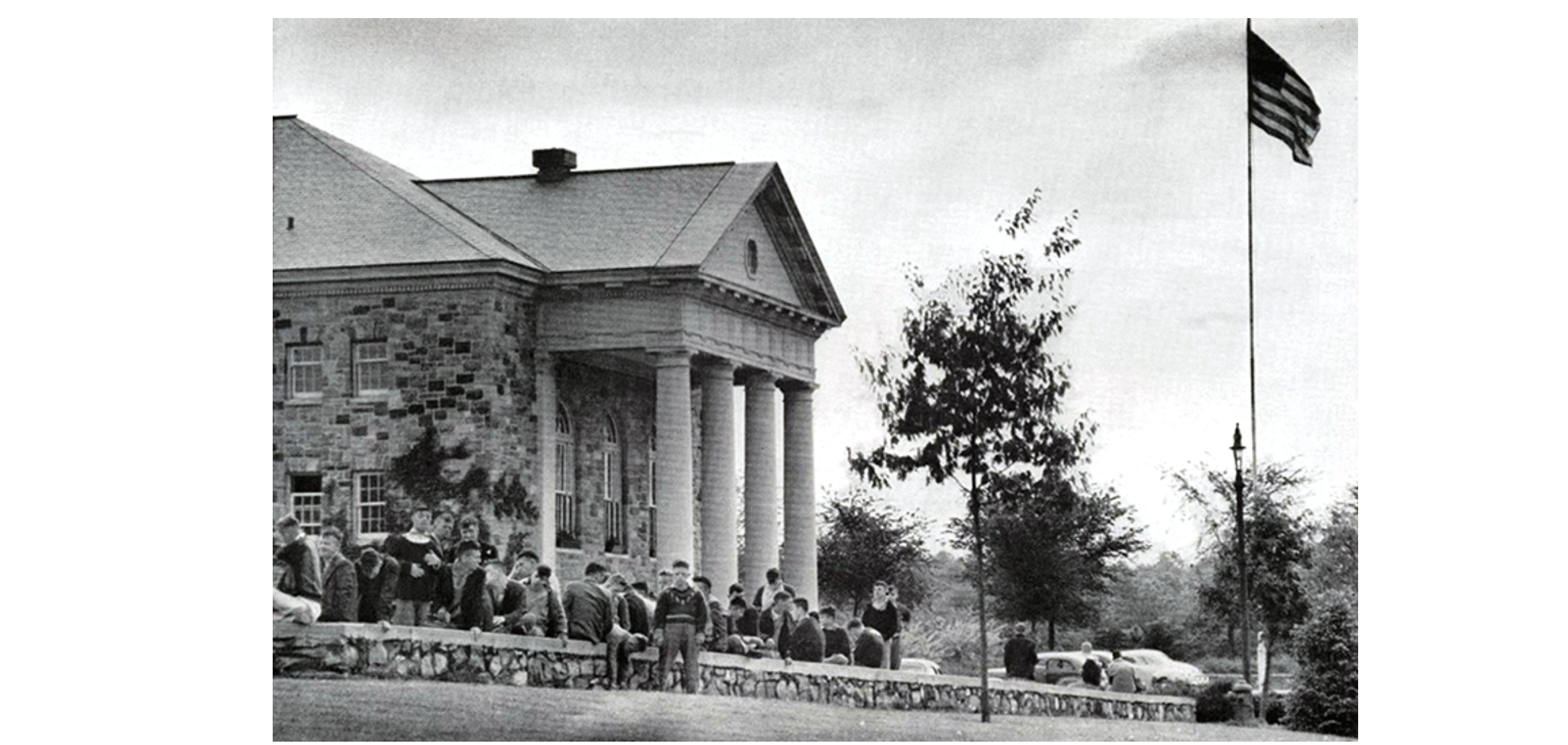Abandoned Asylums New York Editon
All historical photos sourced from various online articles and archives
Welcome back, my spooky friends and asbestos lovers. It has been far too long since I’ve told you the tales of the A team and their latest adventures. Life is as messy and chaotic as ever, giving me less time than I would have liked to explore this summer, but don’t fret, we managed to squeeze in a few days of crawling through broken windows and playing in moldy haunted buildings.
Today we are going to talk about one of the most unsetteling asylums in upstate New York, this is one of those places that countless ghost hunters and urban explorers have explored over the years since its closing, but in my opinion that is one of the reasons its so intresting still in 2025, there is something about those intimaditng brick structures that seems to pull curious people in…
The sprawling grounds of Letchworth village span over 2,000 acres with over 130 buildings at its peak to house and care for the mentally disabled, “ A state institution for the segregation of the epileptic and feeble-minded," of Rockland County, New York. As is the case with nearly every asylum I have explored in the north east, Letchworth was founded with good intentions. William Pryor Letchworth opened the facility in 1911, intending to provide better care for local patients, offering a more open environment with fresh air and a less harsh, confining atmosphere than the traditional asylums of the time. Many Doctors during this era believed sunlight and fresh air were a cure for many ailments ( the reality was that the health of patients simply improved due to being away from overcrowded and severely polluted cities). In the beginning of the asylum’s history it was home to roughly 70 people, men, women and children were all housed separately and those who could work were givin jobs on the property to help it remain self sufficant, unfortunatly reports of mistreatment began only 10 years into its operation and got progressively worse as the population of patients increased. It is important to note that many of the patients were young children. In 1921, “out of 506 people, 317 were between the ages of 5 and 16,” Many of these Children were not mentally disabled in the way that we now understand the diagnosis today; some were simply locked away for minor issues such as dyslexia or ADHD, and birth deformities. Very little was truly understood about the human psyche at the time. These Children were subjected to some of the most inhumane treatment, experiments, and neglect under the roof of this facility, which by the 20s and 30s was closer to a prison than a hospital.
In the 1940s, Irving Haberman took a series of photographs that showed the disturbing conditions of the asylum, underweight patients in overcrowded rooms, often naked or in filth. He published these photos to bring attention to the severe, inhumane treatment. Sadly, despite this, Letchworth would continue operating for another 50 years. By the 1950s, Letchworth was so overpopulated and understaffed that nurses reported having 100 patients on a floor with only one or two staff members to care for them. Over 4,000 patients were housed in the 130 buildings; the increase in patient population was largely due to parents and families quite literally abandoning their relatives at the asylum’s doorstep. These were dark times in America’s past. These asylums were scattered all over the country, claiming to be revolutionary in their new methods for curing mental illness and disabilities, when in reality they were torture prisons and work camps for people deemed unfit for society. (It is worth mentioning that Dr. George Jervis tested his live-virus polio vaccine at Letchworth, and its results yielded positive results towards a better polio vaccine.) It was during these times that Walter Freeman performed the first lobotomy in the United States in 1936 in Washington D.C. Barbaric procedures such as this were thought to be the height of scientific progress and would grow in popularity well into the 70s, so one can only imagine the kinds of experiments that were carried out here.
An intresting cross over United States Senator Robert F. Kennedy previously had toured the nearby Willowbrook asylum Staten Island, in 1965 and called it a "snake pit. As many know his sister Rosemary was one of the many victums of scientfic “progess” herself when her parents had her lobotomized for being a rebellious teenager, the procedure had dasistarus results and she lost her ability to walk and talk. I imagine his personal experience with this influenced the speeches he would later give abhorrent nature of the hospitals. Unfortunately, again, nothing would be done. Years later investigative reporter Geraldo Rivera exposed both Willowbrook and Letchworth in 1975 with his documentary The Last Great Disgrace which aired on ABC. I have attached the youtube link to the documentary below, but viewer warning it is disturbing to watch, tho I feel it is important to include as our history if forgotten, will be repeated.
Despite the attention of this documentary, the state did not provide relief or improvement to the needs of those living at Letchworth Village. Reforms were made through the 70s and 80s with a small increase in budget from the state, hiring more staff members but it would not be enough to save the countless lives lost to abuse, neglect, and disease. The asylum continued on until its final days in 1996, the remaining patients were relocated and the horrors of Letchworth were left to rot and decay.
Today, the moldy old buildings still stand, housing asbestos-covered relics, wheelchairs sit in empty, rotting hallways, and paperwork is still scattered on the floors. There is a somber feeling within the grounds even in the middle of a summer day, it’s quiet, even now that the world has changed so much around it. We spent the entire afternoon walking the hallways, examining the morgue, the empty rooms and thinking about how less than 50 years ago, these buildings were home to so much suffering.
Much of the grounds are open to the public to walk around, you’ll see locals with ghost stories walking their dogs and deer munching on the grass, it is not recommened anyone go inside of these buliding they are dangerous to explore with collapsing roofs, asbestous and mold, but if you ask me theres much more to fear at letchworth… its dark past is still present in the walls, its windows like sad eyes watching you.
If you go walk the grounds, don’t say I didn’t warn you….
Above Photos By me ( Chaotique Photography )
Fire caused major damage to one of the abandoned buildings on the property, sourced from online news article

